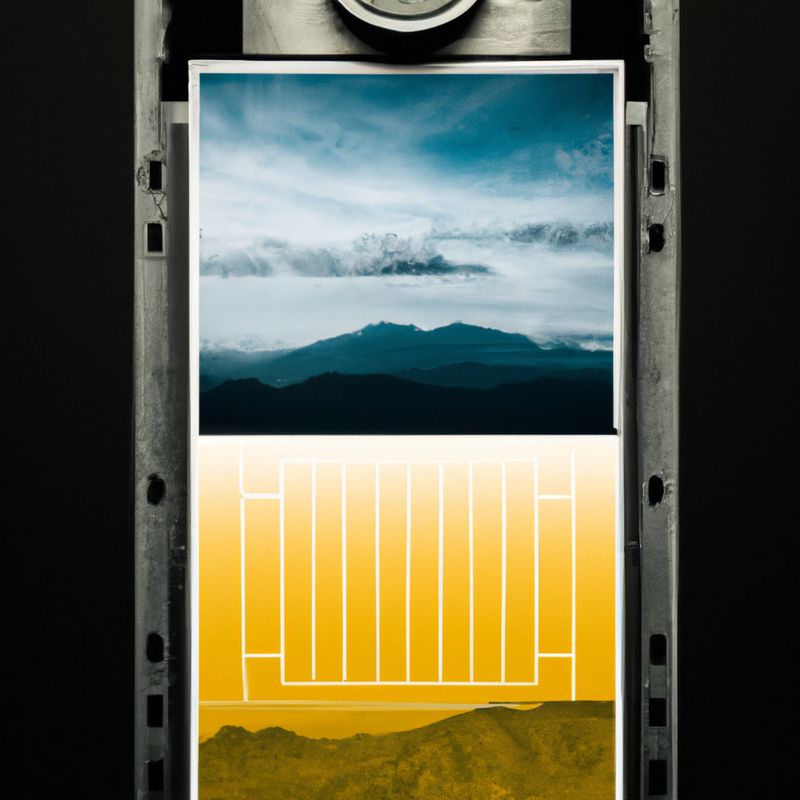Computer Vision System: Unlocking the Secrets of Scenery

The power of computer vision systems has been demonstrated time and again in a variety of applications, from facial recognition to autonomous driving. But what about unlocking the secrets of scenery? Computer vision systems can be used to analyze scenery and uncover hidden patterns, providing a wealth of information that can be used to gain a better understanding of the natural world. In this article, we'll explore how computer vision systems are being used to unlock the secrets of scenery.
What is Computer Vision?
Computer vision is the field of artificial intelligence that focuses on enabling computers to interpret and understand the visual world. It involves the development of algorithms and techniques that enable computers to understand and recognize objects, scenes, and activities in images and videos. Computer vision systems can be used to analyze images and videos to detect objects, recognize patterns, and extract meaningful information from the data.
How Computer Vision Systems are Used to Analyze Scenery
Computer vision systems are being used to analyze scenery in a variety of ways. For example, computer vision systems can be used to identify and classify different types of vegetation, analyze the structure of terrain, and detect changes in land cover over time. Computer vision systems can also be used to detect and monitor wildlife populations, track the movement of animals, and detect changes in animal behavior. In addition, computer vision systems can be used to detect and monitor water quality, detect changes in water levels, and monitor the health of aquatic ecosystems.
Benefits of Using Computer Vision Systems to Analyze Scenery
Using computer vision systems to analyze scenery provides a number of benefits. For example, computer vision systems can be used to detect changes in land cover over time, which can be used to monitor the health of ecosystems and identify potential environmental threats. In addition, computer vision systems can be used to detect and monitor wildlife populations, which can be used to track the movement of animals and detect changes in animal behavior. Finally, computer vision systems can be used to detect and monitor water quality, which can be used to detect changes in water levels and monitor the health of aquatic ecosystems.
Challenges of Using Computer Vision Systems to Analyze Scenery
Although computer vision systems can be used to analyze scenery, there are a number of challenges associated with this task. For example, computer vision systems can be affected by changes in lighting or weather conditions, which can make it difficult to accurately detect and classify objects in the scene. In addition, computer vision systems can be affected by the resolution of the images or videos being analyzed, which can make it difficult to accurately detect small objects or features. Finally, computer vision systems can be affected by the amount of data available, which can make it difficult to accurately detect patterns or changes over time.
Conclusion
Computer vision systems are being used to unlock the secrets of scenery in a variety of ways. Computer vision systems can be used to detect and classify different types of vegetation, analyze the structure of terrain, and detect changes in land cover over time. In addition, computer vision systems can be used to detect and monitor wildlife populations, track the movement of animals, and detect changes in animal behavior. Finally, computer vision systems can be used to detect and monitor water quality, detect changes in water levels, and monitor the health of aquatic ecosystems. Despite the challenges associated with using computer vision systems to analyze scenery, the benefits provided by this technology make it an invaluable tool for researchers and conservationists alike.

